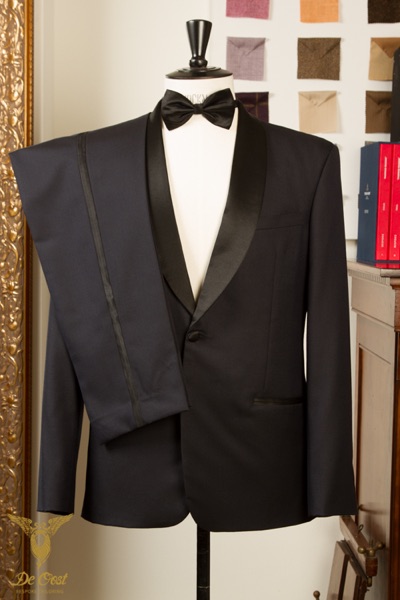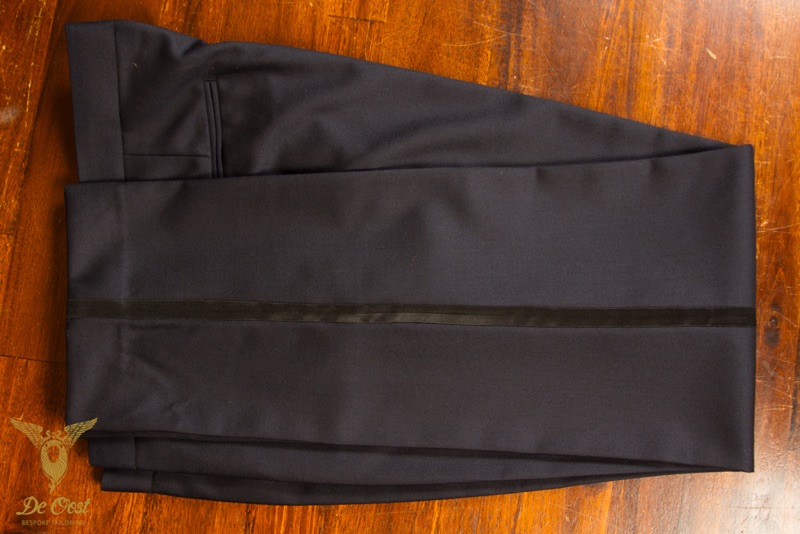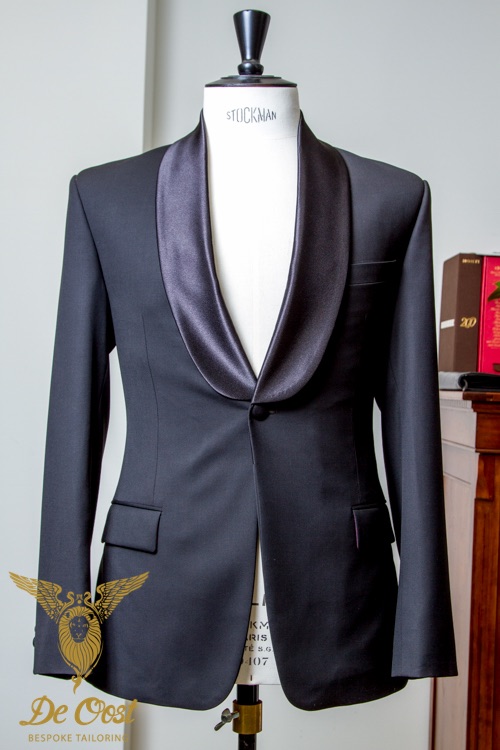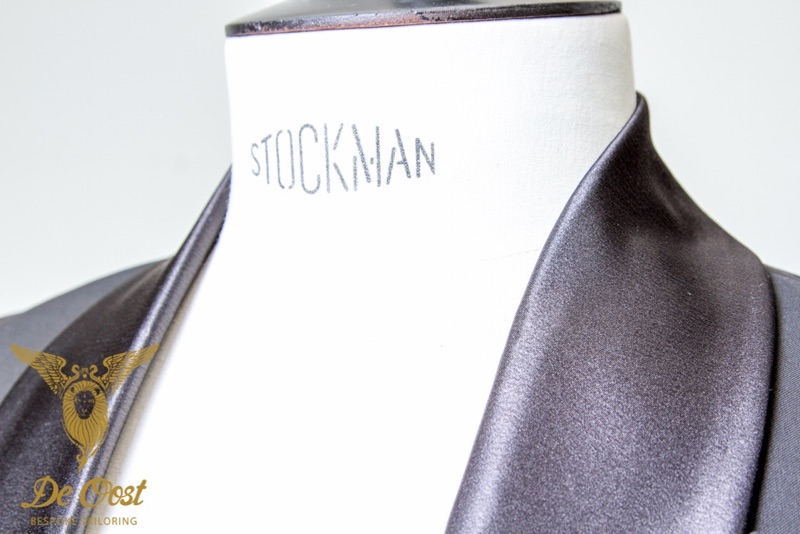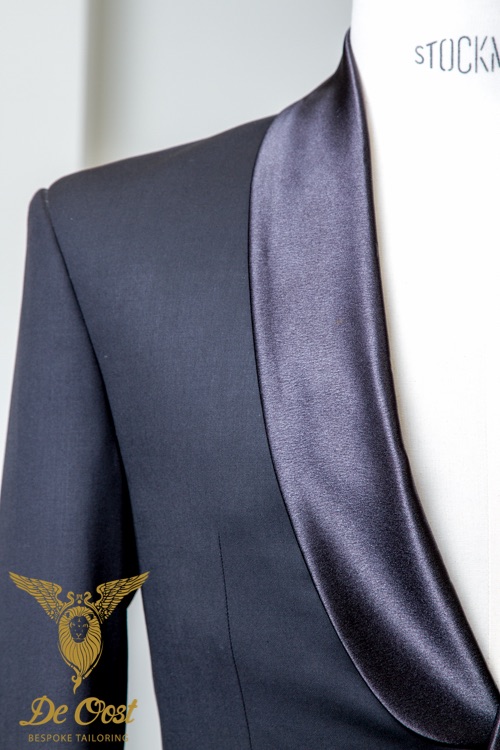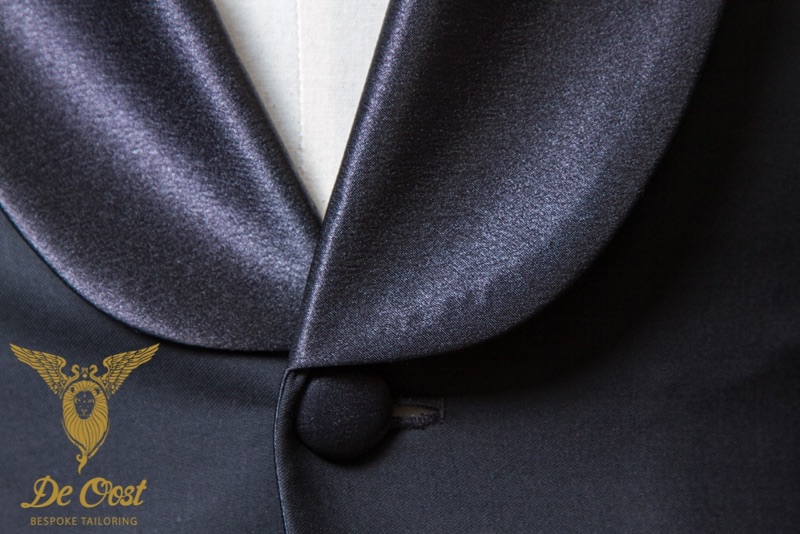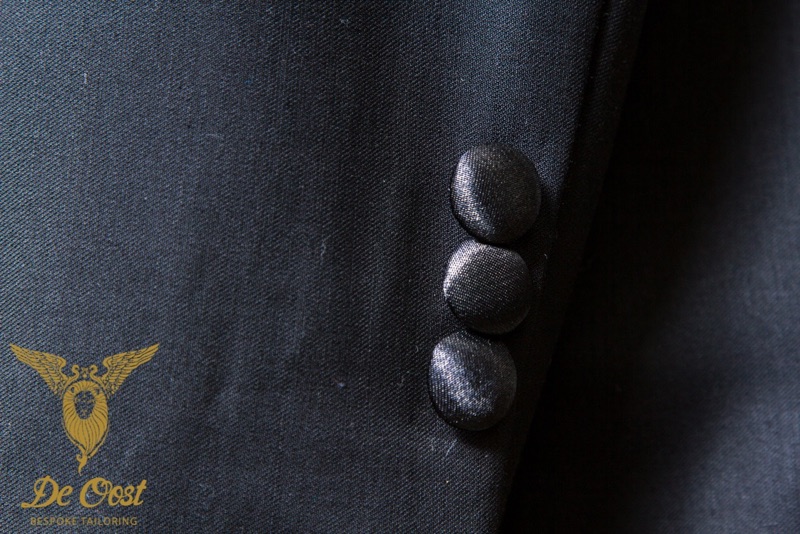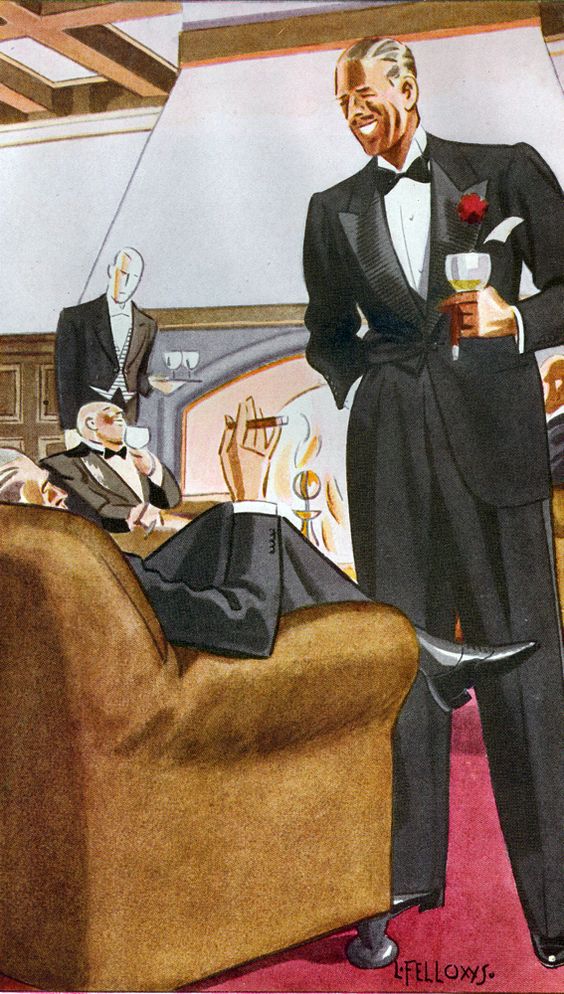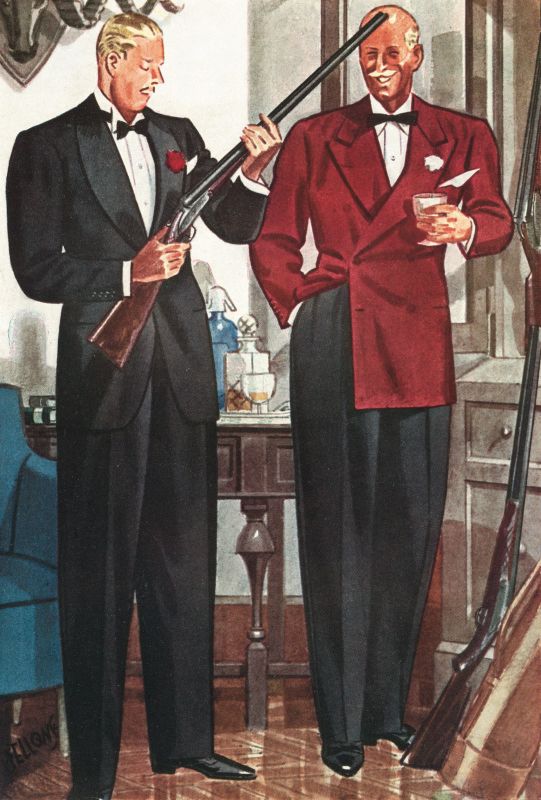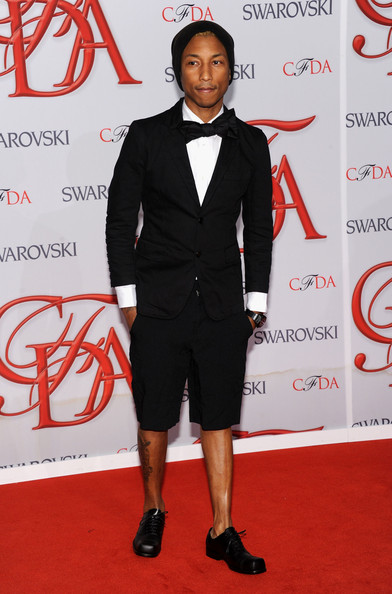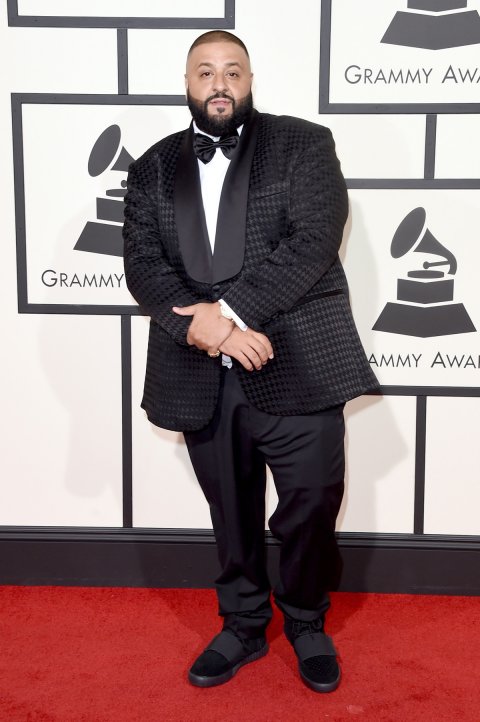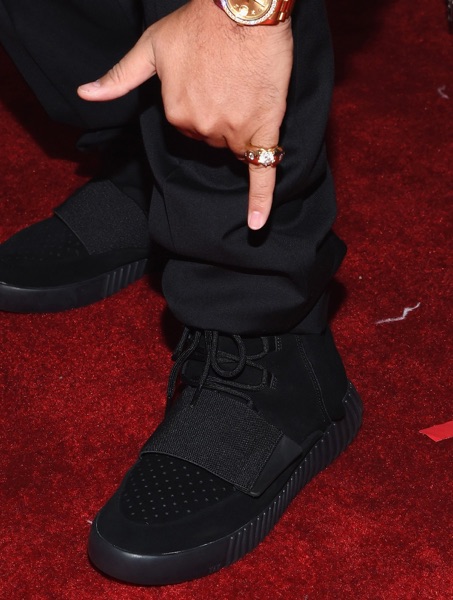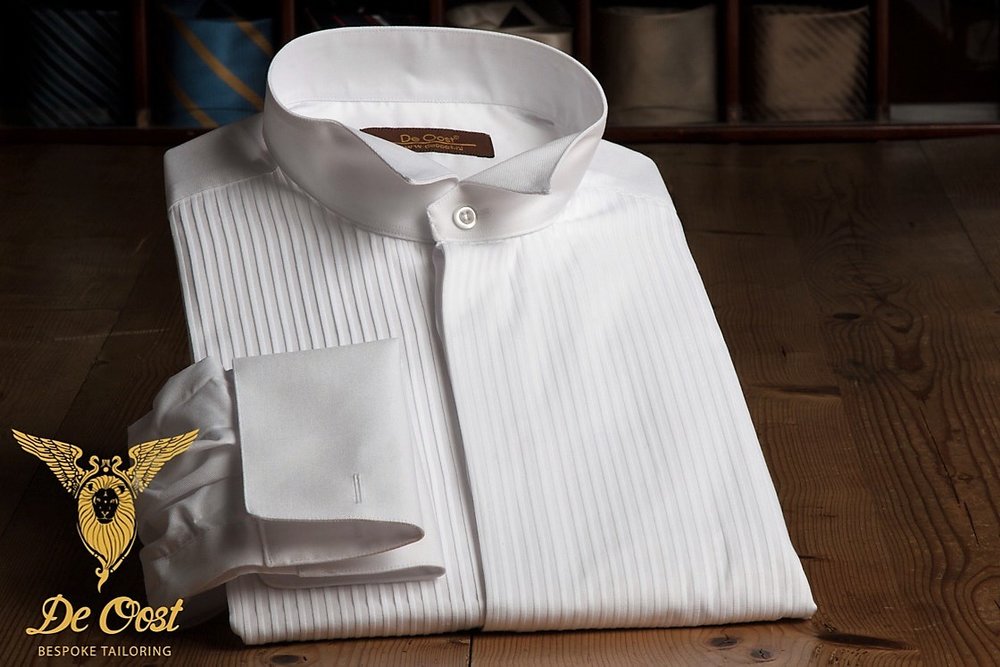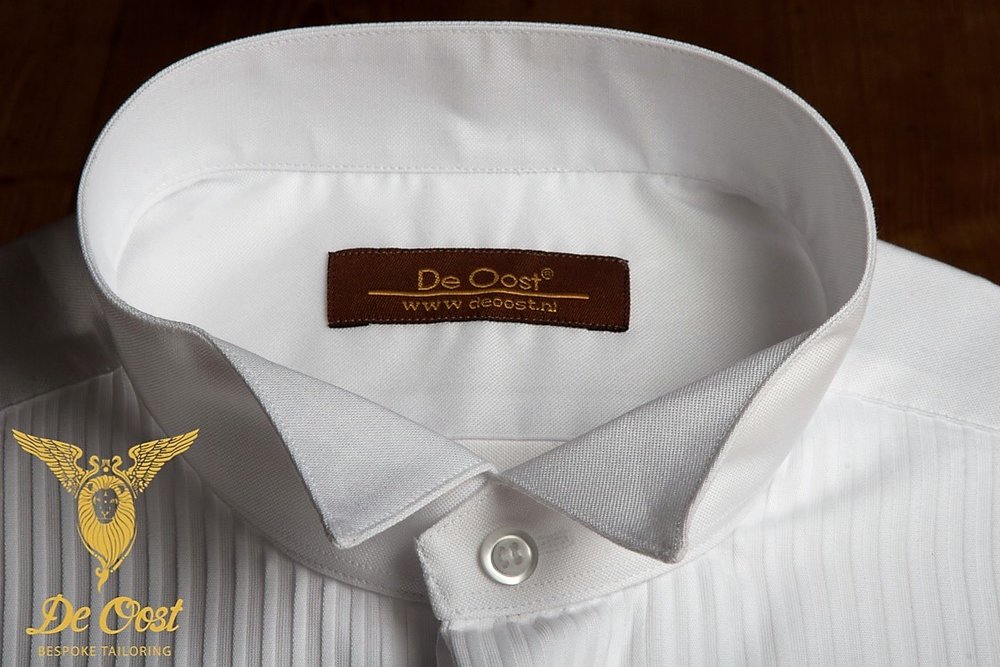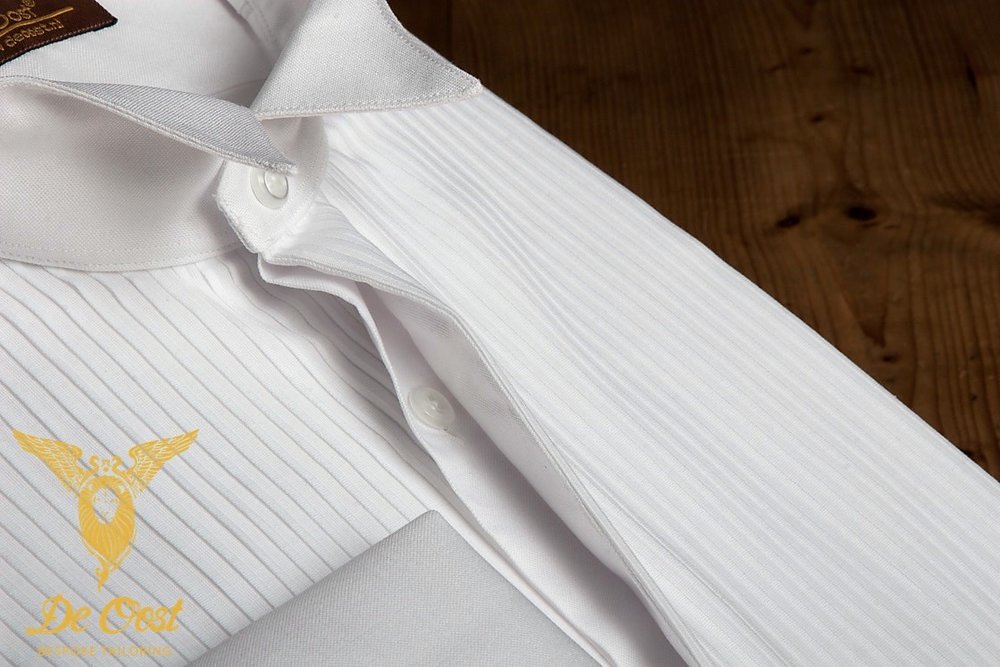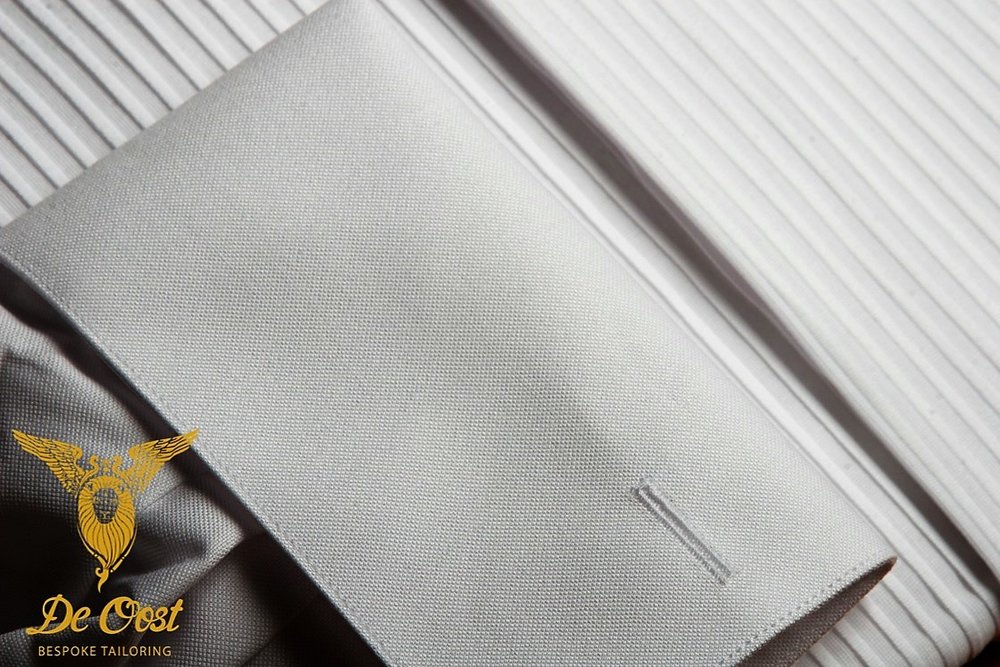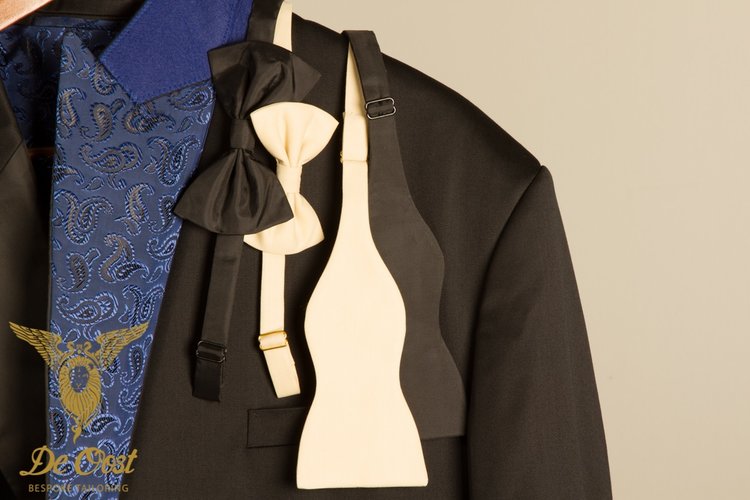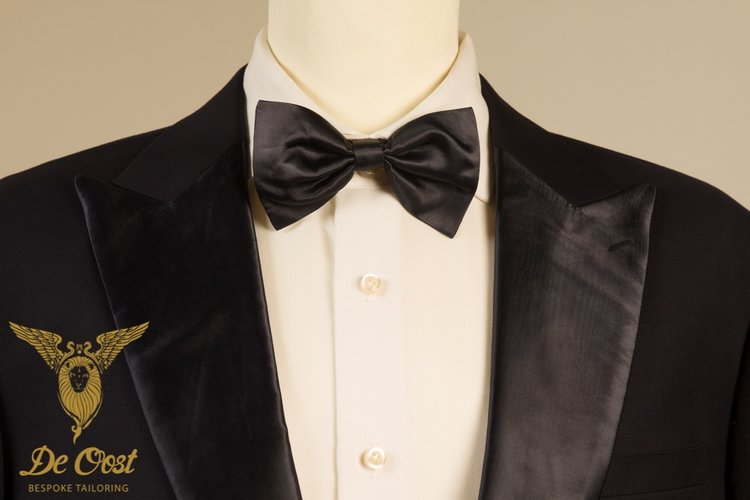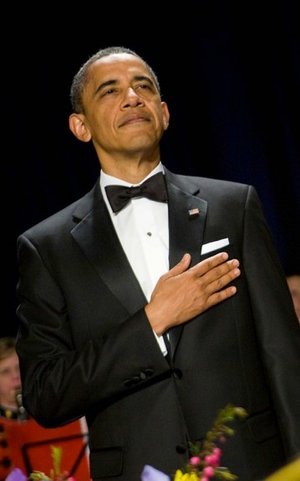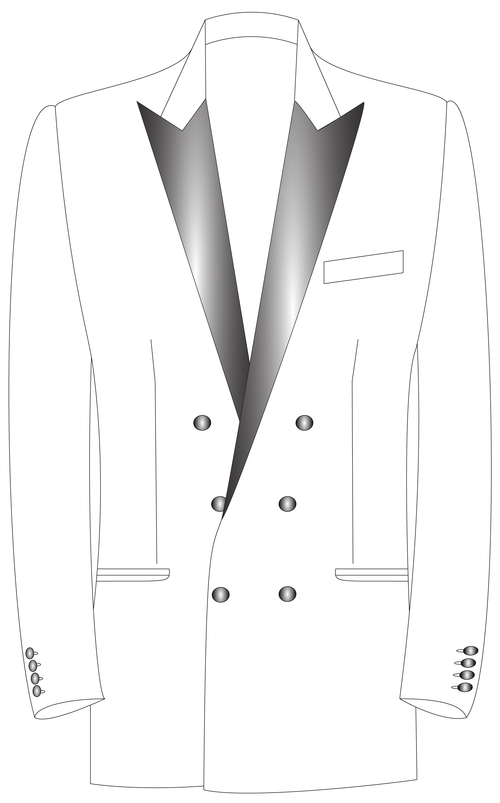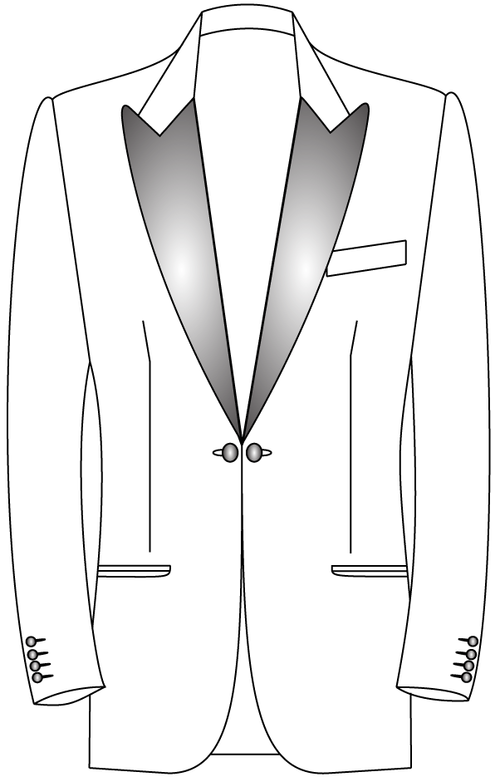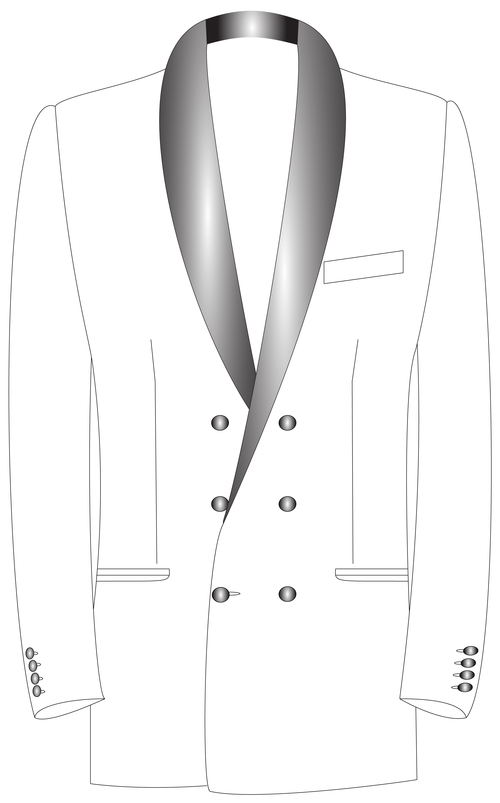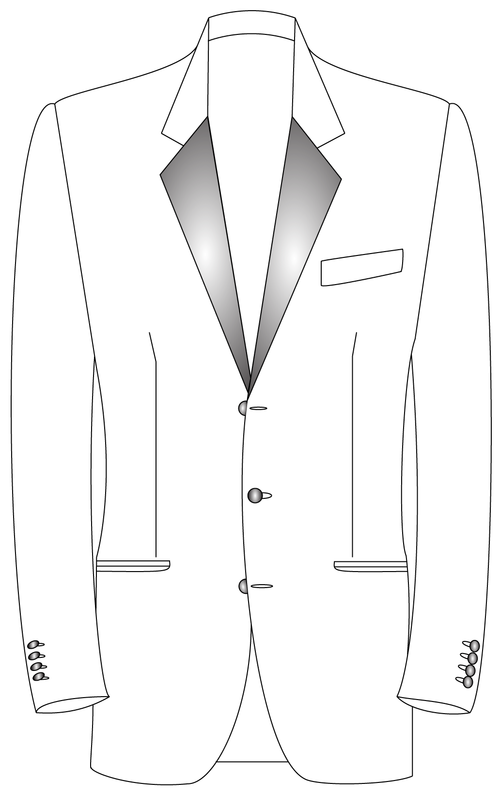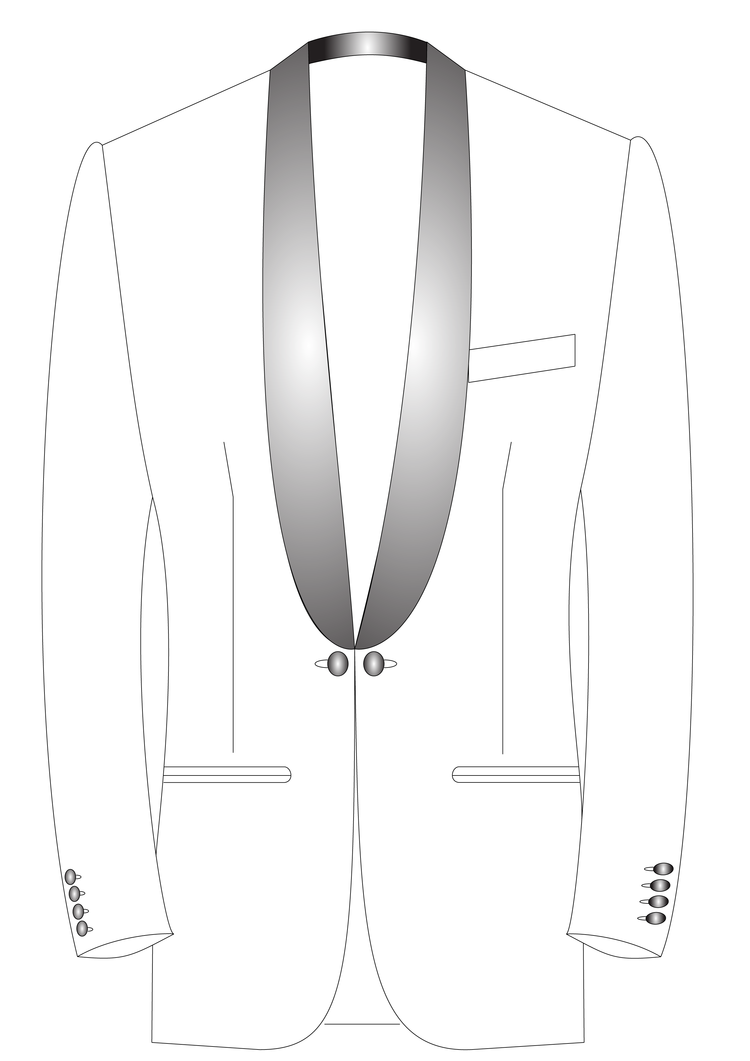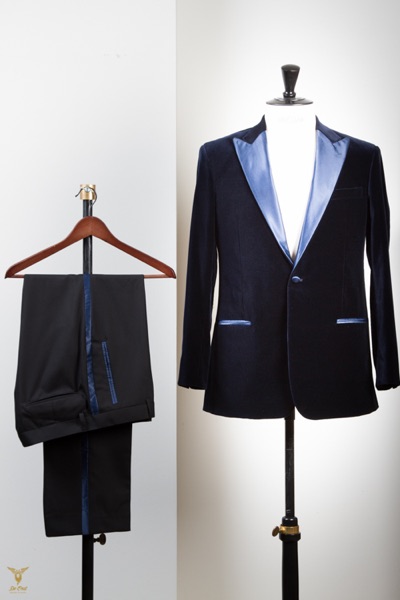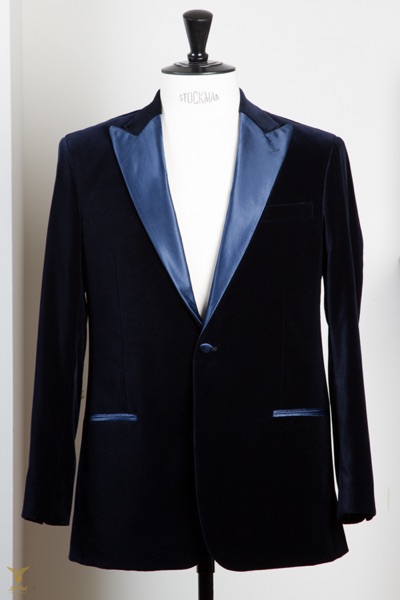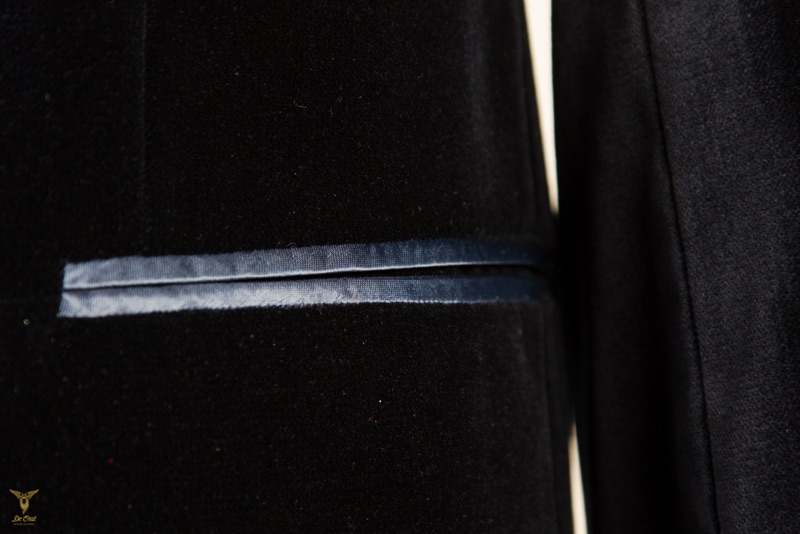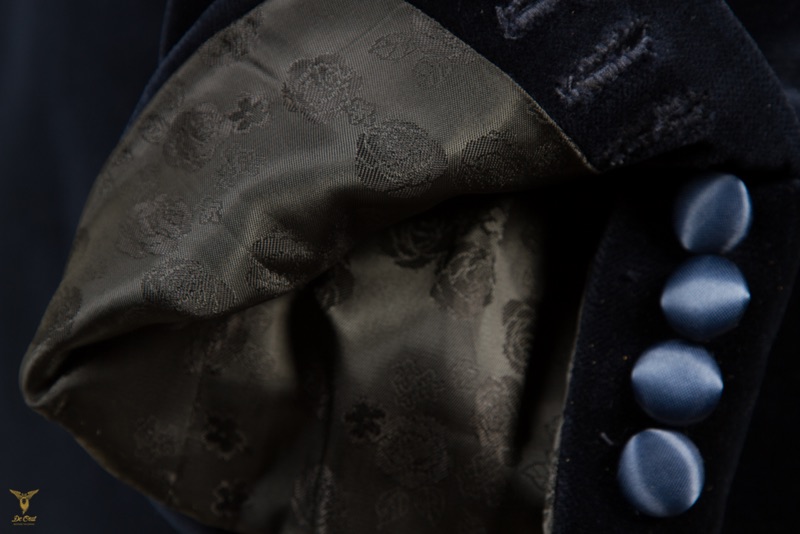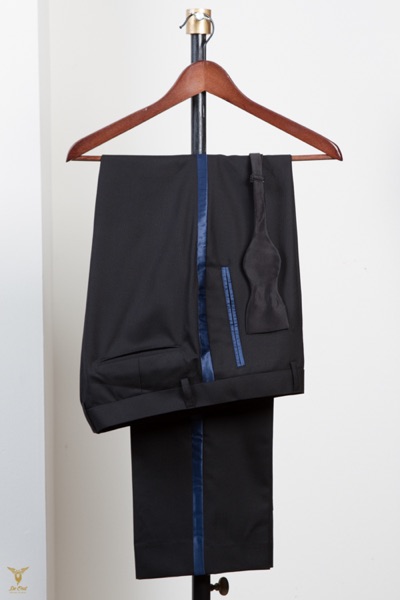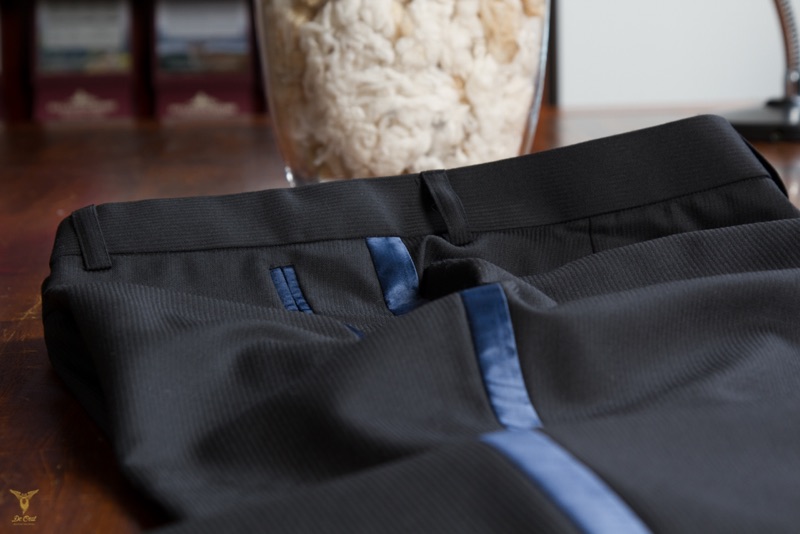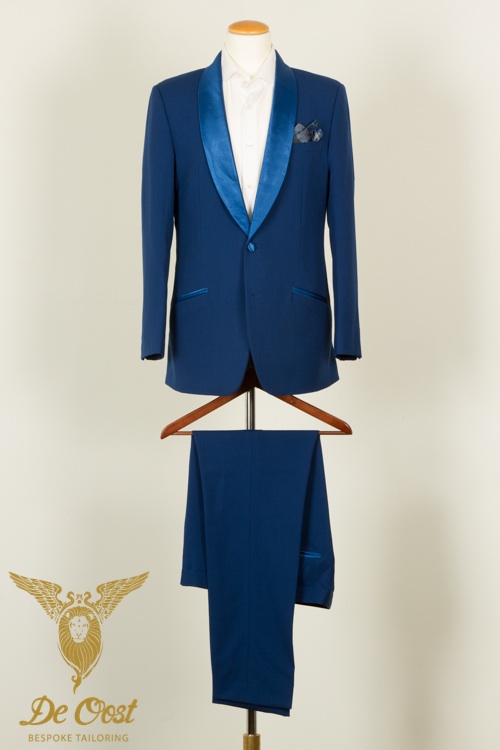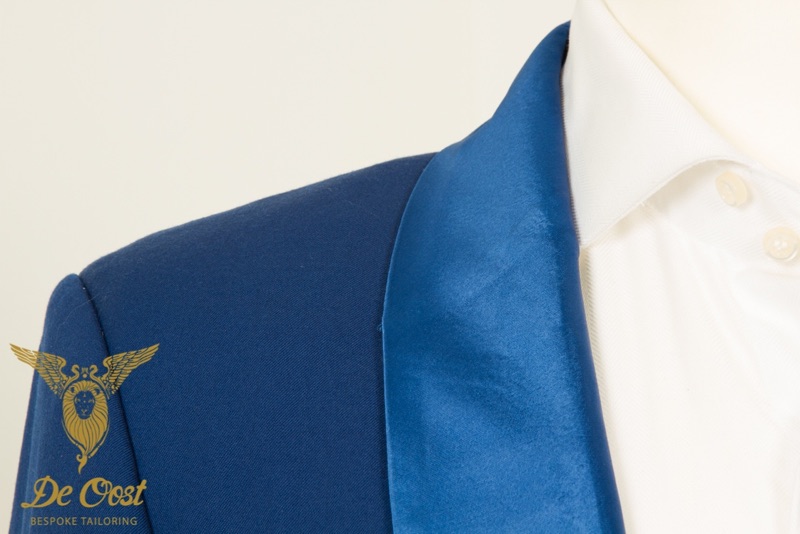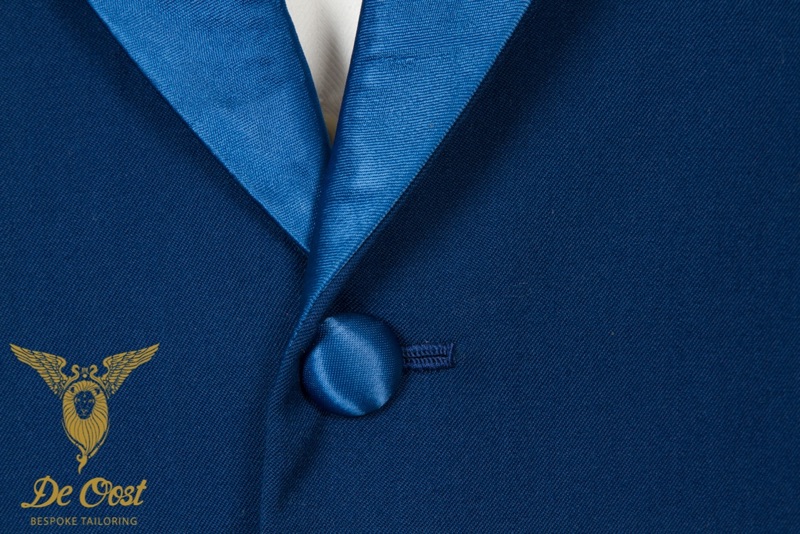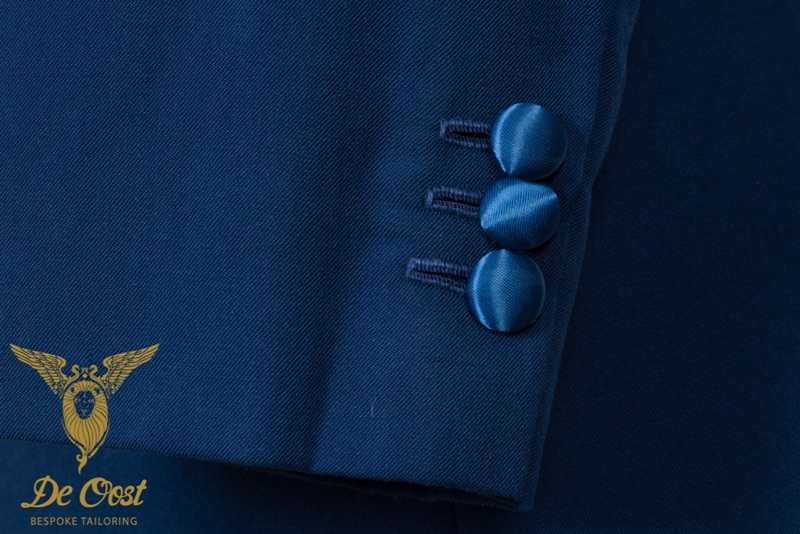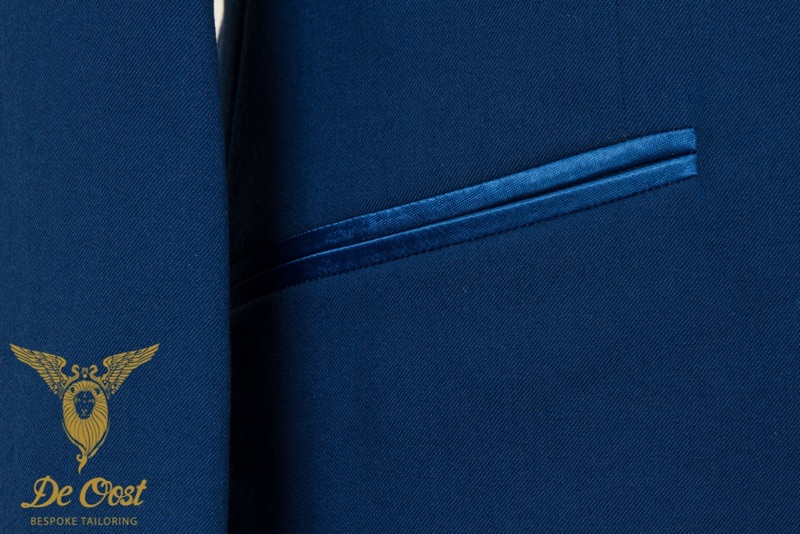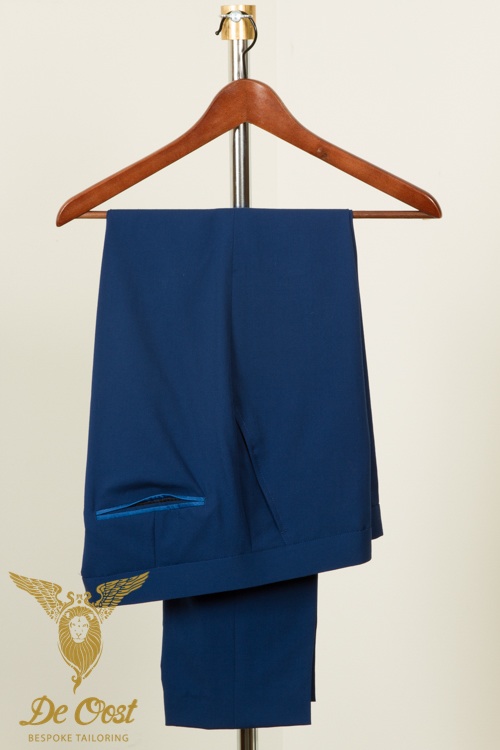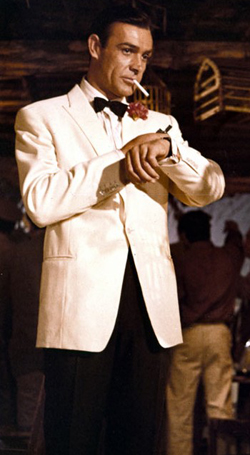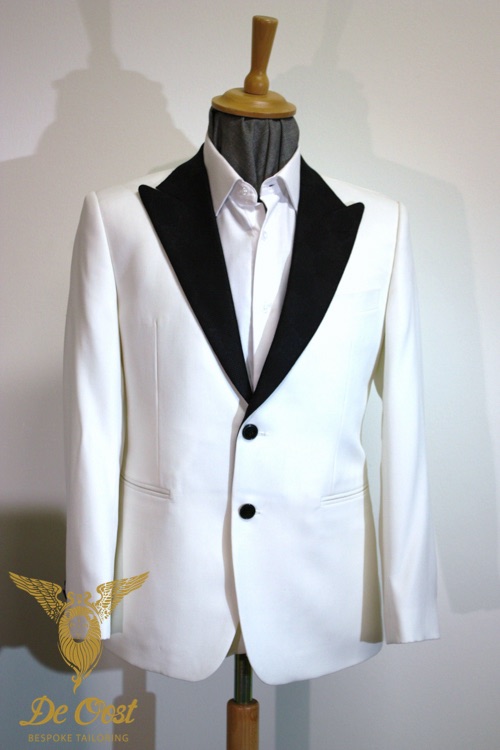A tuxedo trumps any other outfit any night, any occasion, any decade. It has yet to appear out of date
The point of a tuxedo is not just to dress up and look nice. That is part of it, but only a part. The point is to commemorate a special occasion by wearing something special that you would not wear anywhere else. In this blog we will inform you on everything you need to know about tuxedos.
What is a ‘Tuxedo’?
Let us start with defining the Tuxedo. What separates the tuxedo from other suits? Traditionally tuxedos have satin facing on the lapels, buttons, pocket trim, and a satin side stripe down the leg of the trousers. Suits don’t incorporate any satin and usually have either plastic buttons or buttons faced with the same fabric as the coat (aka self buttons.) Some modern tuxedo options have minimized the use of satin to a thin satin trim on the lapels and a thin satin bead down the pant leg, but the primary difference between the two is that tuxedos have satin on them and suits do not. Of course, to every rule there are exceptions.
In French, Dutch, Italian, German and other European languages, the term smoking indicates a tuxedo. The term smoking or smoking jacket however, denotes for Britons and Americans a robe de chambre, popularized by Playboy's Hugh Hefner. For Britons the more classical term to denote a tuxedo is a dinner jacket.
History of the Tuxedo
The Prince Edward version
In 1865 Edward VII (then the Prince of Wales) and Savile Row tailor Henry Poole & Co., which is still in business today, fit the prince for an ensemble that was more formal than a lounge suit, but not without the trimmings of a tailcoat. It was something the prince could wear in the dining room and informal settings. His highness commissioned it in blue with matching pants and the "dinner jacket", as the tuxedo was called back then, took off.
At this time, the jacket was usually black, shawl collared, and accompanied by white accessories. Most likely, the dinner jacket was brought to America in 1886 by millionaire James Brown Potter and his wife Cora, who were introduced to the Prince of Wales during a trip to Britain.
The prince sent Potter to be fitted for the popular new jacket and Potter later wore it to the Autumn Ball of a private country club in Tuxedo Park, New York. There, the American moniker of the suit was popularized. How it spread to the rest of the country is deeply steeped in folklore with many conflicting stories.
Gentlemen with dinner jackets and lowcut waistcoats in 1898.
The Tuxedo Park version of the story
Many attribute the creation of the tuxedo this version of events, crediting young Griswold Lorillard, the son of Tuxedo Park developer and tobacco magnate Pierre Lorillard IV, with inventing the dinner jacket on a whim, after getting frustrated that his tails were interfering with sitting and dancing. In October 1886, at Tuxedo Park's Autumn Ball, an annual gala honoring debutantes, Griswold and a few of his friends emerged in tailless dress coats and scarlet satin vests. Their unconventional attire was enough to turn heads, not to mention ruffle the feathers of the old guard. Town Topics, the leading society magazine of the day—and the only major publication known to have recorded the incident at that time—compared the boys to "royal footmen," adding that they "ought to have been put in strait-jackets long ago."
1900’s-1930’s
By the early 20th century, the dinner jacket had risen in popularity and was acceptable in formal situations. Black accessories and a peaked lapel were also de rigueur. By the 1930s, black-tie came roaring back, mostly unchanged since before the war. It was the de facto evening wear, relegating white-tie to special events. The midnight blue tux was all the rage, and in 1935, there were more mills churning out blue tuxedo wool than black tuxedo wool. The double-breasted tuxedo jacket variant — previously considered too informal — also exploded in popularity during this time. For warmer climates and seasons, the white tuxedo jacket (contrasted by black trousers) became an acceptable alternative.
World War II 1940-1945
World War II brought a time of informality to America. Tuxedos became a rarity an exception instead of the norm. Men wore suits instead of tuxedos when they went out at night. White-tie (then known as full dress) would never truly recover from this period.
1950’s – 1980’s
By the 1950s, the tuxedo was back. It was renewed by few changes: more "Space Age" fabrics (like polyester), more intricate shirt patterns and designs (including the first ruffles), and a shorter, more fitted jacket. White-tie had been completely abandoned, and black-tie was the new norm at movie premieres, high society events, and even weddings. John F. Kennedy was the last president to wear white-tie to an inaugural ball, until Ronald Reagan briefly revived the tradition in the '80s. Colorful variations on black-tie began to appear during this period, but it was the exception rather than the rule.
Sean Connery as James Bond in the 1962' film Dr. No.
The tuxedo was completely remade in disco's image by the 1970s. A young, revolutionary generation looked at the conservative styling of the tuxedo and threw out nearly everything, keeping only the vague silhouette. Huge, floppy bow ties, colorful patterned jackets, shirts with ruffles and lace, and trousers that looked more like bell-bottoms became much more prevalent. The typical tuxedo in the '70s usually had at least two of these elements, if not all of them. By the 1980s, a return to classic styling had thankfully re-emerged and tuxedos started looking more conservative.
1990's - Present
James Bond, Popular Culture's mascot of the tuxedo.
The 21st century saw the blur of formal and casual styles. Ofcourse this already started in the 90's. Think about the award shows of MTV, aimed at an young audience and visited by a young 'pop culture' elite, that mixed and matched, freestyled their way through 'traditional dress wear' etiquette and made their own fashion statement with it. By the late 2000s, as dress codes became diluted and misunderstood, formal-wear took another hit. Business-casual was the predominate dress code of the workplace and shiny black suits with matching ties had nearly supplanted traditional black-tie. Colored dress shirts also began to trend in this era. Those who continued to wear traditional black-tie made it as simple as possible to match the casual aesthetic that Generation Y preferred. Today, more and more young men are adopting the black-tie styles of the '30s and '40s. Midnight blue tuxedos have even made a comeback. Period dramas like "Mad Men" are at least part of the reason for the shift, with men growing nostalgic for a bygone era of neater, more crisp duds. Still as seen in pictures below, some are even as daring to combine exclusive sneakers with a tuxedo. Would you call this a faux-pas or do you think it is innovative?
How to wear a tuxedo? The etiquette behind Black Tie
Of course if you want to be informed about the authentic style etiquette for wearing a tuxedo, you can always count on us to advise you in the best way. When it comes to formal evening dress wear, throughout the ages, a certain style etiquette has developed. There are some important Black Tie rules one should abide by, when one wishes to follow this classic evening dress wear etiquette.
Only in the evening
A tuxedo is meant to be worn in the evening. Daytime formal is more of a dark suit, white shirt, black tie kind of thing. If the event begins before sundown but runs late into the night, there’s no problem commuting in a tux a little early.
Basic Designs
A tuxedo is essentially a very minimalist suit, with a few important design changes. The reason for it to be minimalist, is to have the focus and attention on the women (and their dresses) at the event, and not on the men. The jacket should be cut from midnight blue or black worsted wool (or mohair) with the lapels and buttons “faced” (covered) in black silk. It should have peak lapels or a shawl collar and only have one button, unless it’s double-breasted. The front pockets should be double-besom (no flaps) and although traditionally a tuxedo jacket was unvented.
Straight tie or bowtie
A peak lapel tuxedo can be worn with a straight tie or bowtie, but a shawl collar jacket should only be worn with a bowtie. Either way, that tie should be cut from the same silk as the lapels and trims of the tuxedo. A bowtie should always be tied by hand; avoid cheesy perfectly-symmetrical pre-tied things.
A crisp white shirt
There are two basic types of formal shirt: hidden placket (where the buttons are covered by a layer of fabric) and studded front (where the buttons are replaced by metal shirt studs). Obviously the shirt should be crisp white, but look for one in a rigid textured cloth that will keep a stiff board-like shape: wrinkles of not formal. Front pleats on the bib of the shirt are optional, but french cuffs are necessary.
Cover the waist
The waistband of the trouser (and the low belly) should always be covered, either by a cummerbund (pleats facing upward, remember the “crumb catcher“) or by a waistcoat. This keeps the look clean and sharp by covering up the billowiness of the shirt around the midsection. A formal waistcoat is typically cut lower and wider than a suit vest; with a “U Shape” that has only three buttons.
Formal shoes
For formal shoes you have two options: patent leather “pumps” (like opera loafers) or whole-cut plain toe lace-ups (if they’re not patent leather, make sure they have a fresh shine). I don’t often use the word “hosiery” with menswear, but a thin black formal sock is proper for formal attire (especially if you go with pumps, which have a low vamp and expose some of the foot/ankle).
Which types of tuxedos are there?
Tuxedos are typically worn for formal or black tie events. They come in several colors, lapel styles as well as fits. Because there are so many options, we have added a selection of tuxedo models on our website that we can bespoke tailor for you. The way to distinguish a tuxedo from a suit, as said before, is the satin. You can find that satin on the lapels, buttons and sometimes pockets whereas a suit will have the same fabric all throughout. The benefit of having your tuxedo bespoke tailored is ofcourse being able to add a personal style element to it, by for example choosing a different base color than black or white.
Coloured Tuxedos
The black or white tuxedo is a classic but it’s increasingly common to find navy tuxedos, burgundy tuxedos and grey tuxedos in weddings and red carpet events. In the picture gallery below you see two colourful tuxedo's tailored by De Oost. One also has an original base material; velvet.
The White Dinner Jacket
The White Dinner Jacket typically has no satin but it is a unique look for any formal themed parties or weddings. This look was made popular by James Bond and also The Great Gatsby. The dinner jacket is typically paired with black pants and a black bow tie.
Different Lapel Styles
Shawl Lapel / Shawl Collar
This style gives the tuxedo a sleek look. It is characterized by the rounded edges. This style is not very common on suits. Some styles have a black contrasting lapel on coats that are in a different color.
Notch Lapel
The notch lapel is the most common type of suit lapel style. You see this style on both suits and tuxedos. The notch lapel is very popular because people are familiar with it and feel comfortable wearing it, but it is not the classic tuxedo style (shawl lapels and peak lapels are).
Framed Lapel
If you’re looking for a tuxedo with more of an edgy look, the narrow satin trim in a contrasting color is the perfect choice. Or if you want to wear a tuxedo with only a little satin, a framed lapel in the same color as the coat is a good fit for you.
Peak Lapel
The peak lapel is considered more formal and stylized than the others.
Commemorate a special occasion by wearing a bespoke tailored tuxedo
A lot of people wear suits every day. Regardless of whether you do or not, it’s a societal norm. You can go to the grocery store wearing a suit and nobody will think it’s at all strange. Should you opt to wear a suit to your wedding, for instance, there is a strong chance that others in attendance will also be wearing suits. And it isn’t their wedding day. The point of a tuxedo is not just to 'dress up and look nice'.
That is a part of it, but only a part. The point is to commemorate a special occasion by wearing something special that you would not wear anywhere else. Your tuxedo says, “This moment is special to me. This is where I want to be. I would look out of place anywhere but here.” That is the point of it. And that is why, even if you look killer in a suit and even if you rarely if ever dress up in either, the two ensembles just aren’t equal for a truly special occasion.
